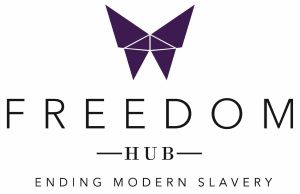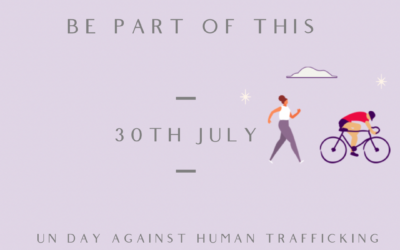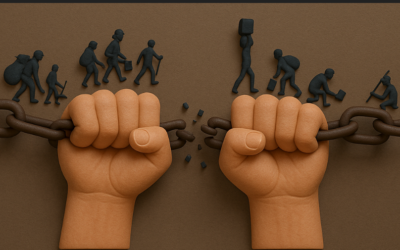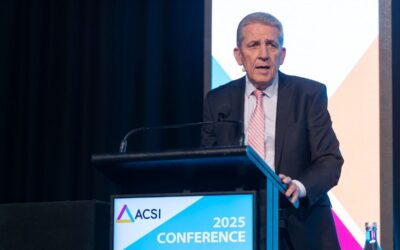Labour Exploitation
First, let’s look at the most common form of slavery globally: forced labour. An estimated 25 million people are forced to work under physical, emotional, or financial threats. Often, these people are forced into debt bondage – having to work to pay off a debt owed. Unfortunately, this form of slavery thrives in the regulation gaps for supply chains.
Due to Australia’s regulations and increasing awareness of supply chain issues, the prevalence of labour exploitation is decreasing. According to the numbers, labour exploitation is relatively uncommon here.
Sexual Exploitation
Next, let’s look at the second most prevalent form of modern slavery in Australia: sexual exploitation. According to AFP numbers, sexual exploitation accounts for 18% of the modern slavery cases in Australia. How do we define sexual exploitation?
“Sexual exploitation involves a person having to perform sex work due to coercion, threats or deception.”
Forced Marriages
However, the form of slavery that is the most prevalent in Australia might surprise you: forced marriage.
Forced marriages involve a person tricked, forced, or coerced into a marriage without consent.
In Australia, many of the victims of forced marriages are the children of first-generation migrants. Often, the fear of social stigmas and pressures, family structures, fear of violence and gender expectations make any solution for victims more complex.
Only in the last ten years have forced marriage come to Australian lawmakers’ attention. It’s easy to define forced marriage in a blog; however, lawmakers struggle to describe it without encouraging a “binary understanding of consent and coercion.” The truth is that the line between consent and coercion is often blurred and unclear. Any pressure to fulfil expected gender roles, financial stress, or any other coercive practice that deprives someone of the opportunity to fully and freely consent to marriage is deemed a forced marriage.
What are Australian lawmakers doing?
The reality is that much is unknown or misunderstood about forced marriage because there is very little research to support the anecdotal stories we see in the news and media. One of the novel aspects is the conduct, or why, of someone who causes a person to enter into a forced marriage. If Australia is anything like the UK, then typically, the “offender” is a family member, and often, this family member does not view their actions as harmful, abusive, or an act of gender-based violence.
The good news? The Australian government has defined forced marriage into criminal law, even though the concept is complex, multi-layered, and ranges in levels of coercion.
The “other” news? There’s much work to do regarding community awareness and action. The Freedom Hub is a great way to get involved and begin educating yourself and your community on the prevalence of modern slavery and the part we can all play in ending it in Australia.
*Information in this blog was gathered from the Melbourne University Law Review website.
**Click here for further reading on Australia’s response to forced marriage.
Join Our Team
Help raise awareness and join our local volunteer team; contact us here.
Or, if you’d like to opt into our monthly newsletter, opt-in here.
If you would like to support our work, you can donate here.




